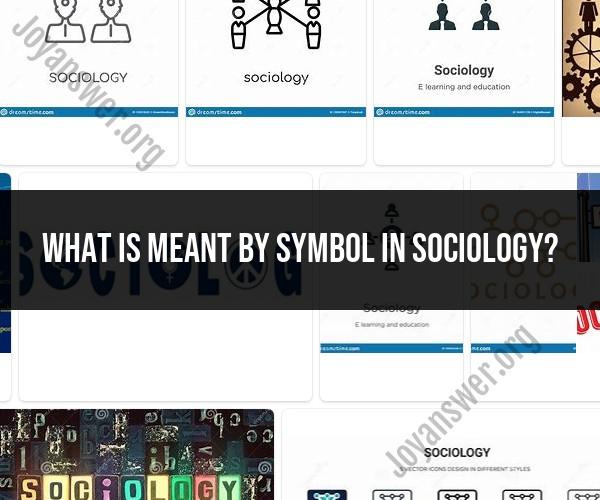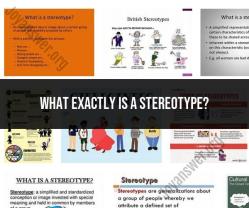What is meant by symbol in sociology?
In sociology, a symbol refers to an object, word, gesture, or concept that represents something other than itself and carries a particular meaning within a given culture or social group. Symbols play a fundamental role in human communication, culture, and the construction of meaning. Here are some key aspects of symbols in sociology:
Representation: Symbols are used to represent complex ideas, concepts, or entities. They act as a kind of shorthand for conveying meaning. For example, a national flag is a symbol that represents a country, its history, and its values.
Cultural Significance: The meaning of a symbol is not inherent in the symbol itself but is culturally constructed. Different societies and groups may attach different meanings to the same symbol. For instance, a handshake can symbolize a greeting or agreement in many Western cultures, but its meaning may vary in other parts of the world.
Shared Understanding: For symbols to be effective, there must be a shared understanding of their meaning within a particular cultural or social context. This shared understanding allows people to communicate and interact effectively.
Language and Communication: Symbols are an essential part of language and communication. Written and spoken language itself is a system of symbols, where words and phrases represent ideas, objects, or actions. Symbols go beyond language and include non-verbal forms of communication, such as body language and gestures.
Group Identity: Symbols often play a role in defining group identity and solidarity. They can be used to distinguish one group from another and reinforce a sense of belonging. For example, sports team logos and uniforms are symbols that help fans identify with their team and fellow fans.
Rituals and Traditions: Symbols are commonly used in rituals and traditions. They can imbue these practices with deeper meaning and significance. For example, religious rituals often involve the use of symbols like crosses, candles, or specific garments.
Social Control: Symbols can also be used as tools of social control. For instance, legal systems use symbols like traffic signs and official documents to regulate behavior and enforce rules.
Change and Adaptation: The meaning of symbols can evolve over time, reflecting changes in society and culture. Symbols can be adapted to new contexts or take on new meanings as societies change.
Semiotics: The study of symbols and their meanings falls within the field of semiotics, which examines how signs and symbols are used to convey meaning in various contexts.
In summary, symbols in sociology are central to human communication, culture, and social organization. They allow individuals and groups to convey meaning, establish identity, and create a shared understanding of the world around them. The study of symbols is a critical aspect of understanding how societies function and how individuals relate to one another within those societies.












